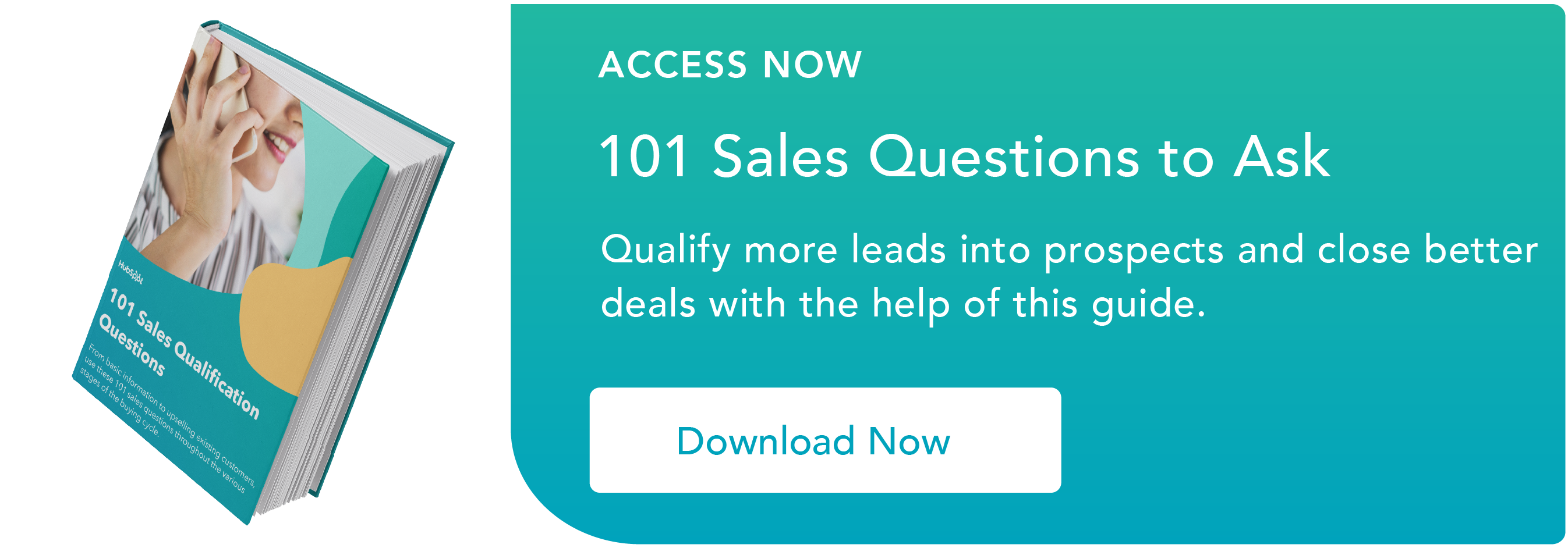Personal branding is commanding a lot of attention these days, especially from job seekers and people trying to get ahead in the workplace. Google the topic and you’ll be greeted with a cacophony of advice to take your career to the next level or turn you into the next Richard Branson. (Good luck with that last one.)
But branding the individual is especially relevant in the professional services, where developing thought leadership is a critical tool in an expert’s rise to prominence. I’m not talking about the self-described, “empty-suit” expert. Instead, these are serious professionals who want to increase their visibility and become recognized industry experts.
These high-profile individuals are often referred to as thought leaders or Visible Experts. But it takes more than knowing your stuff to build a following. To become a true thought leader you need to focus your attention in the right areas.
What areas, specifically? Here are seven critical tips that will build your personal brand and put you on the path to higher visibility.
Top Personal Branding Tips
1. Focus your expertise
Don’t try to be an expert in too many things. The more narrowly you focus your expertise the faster your personal brand will grow. Why? Because people are not very good at associating an expert with more than one thing. Not to mention, it’s very difficult to master multiple disciplines. A few exceptionally gifted people have become experts in more than one field, but most are remembered for only one of them.
If you could become the go-to expert in one thing, what would it be? Try completing this sentence:
“I am the leading expert in ____________.”
Whether or not you consider yourself the leading expert yet is unimportant. “Leading expert” is in the mind of the beholder. If you can state your expertise in clear, simple language, you’ve already taken a huge step forward.
Let’s look at a quick example. Suppose you’re an accountant and you say your expertise is in taxes. That’s probably not going to cut it. “Taxes” is just too broad a concept. Could you credibly be considered “the leading expert” in taxes? I doubt it. A focus on “state and local taxes” would be better, but you may need to go even narrower to find an expertise platform you can “own.” How about “state and local taxes for online purchases”? That’s more like it! It’s very specific, but still applies to a lot of businesses out there.
Okay, you get the picture. Narrower is better.
2. Pick your issues carefully

One more advantage of a narrow focus is that it limits what you will write and speak about. No longer faced with a wide world of possibilities, you can work within a clearly defined range of issues.
But won’t you run out of things to talk about? That’s very unlikely.
When you zoom in on an area of specialty you’ll discover a whole new ecosystem of problems, challenges and ideas just waiting to be answered, explained and debated. In fact, it’s possible to become overwhelmed by the complexities of practically any niche.
The key is to focus on issues where you can shine. Here are three questions to help you filter out the noise:
- Where do your interests lie?
- Where do your clients struggle most?
- Where can you deliver the greatest value?
At first, focus on just two or three issues. These will be issues that you write and/or speak about on a regular basis, so you should either understand them in depth already or be prepared to put in the research to get up to speed. Your goal is to become closely identified with these issues, so make sure they align well with the services you sell.
Choose issues that have legs. That means that they 1) don’t have an easy solution, and 2) aren’t likely to go away soon. If you want to get the most traction from your issues, you should try to take a position that’s different from other experts who work in this area. If you can take a contrarian or controversial stand, so much the better. That’s how you attract notice and stick in people’s minds.
3. Shape your personal profiles to be consistent with your expertise
Take a look at your bio on your website and the personal profiles on your social media pages. Do they present you as a highly credible professional? Do they convey a consistent message? And do they connect you to the issues you’ve chosen to write and speak about?
Next, take a look at your areas of expertise and tags. Do they align with the image you are trying to project? If someone were to look at those alone, what would they communicate about you?
Finally, turn your attention to your photo(s). Professional photography is essential if you want to convey a high-end personal brand. That doesn’t mean it has to lack personality — you can take your shot in any setting. But it needs to look great. A web cam portrait or cropped dinner party shot isn’t going to put your best foot forward.
4. Develop a signature piece of content
Most high-profile experts have a high-value piece of content that demonstrates their expertise and amplifies their reputation. It’s an important way they deliver on their brand promise. And it’s their signature calling card. In rare cases, this piece can become even better known than the expert, herself.
For many thought leaders, this signature piece is a book. Sometimes this book becomes the tipping point that catapults an expert to stardom. Most of the time, however, the effect is less dramatic but still critical to the expert’s reputation. If you aren’t ready to write the book on your area of expertise, however, there are other options to enhance your personal brand.
Here’s a great way to start: write an executive guide on one of your issues. Guides are typically 20–30 pages long and cover a topic at some depth. Think of it as an advanced introduction to an issue. Usually, it’s best to write your guide in plain English with the goal of explaining a technical subject to a non-technical audience. (This ability to simplify complex issues is a hallmark of Visible Experts.)
Another option is to produce white papers. These pieces are usually shorter than guides and can be quite technical. Most white papers range in length from a few pages to 20 pages or so.
You can also consider an entirely different approach to your signature content — conduct a research study that explores a problem of intense interest to your target audience. If possible, the topic of the study should align with one of your issues. And when you publish the final research report be sure to include your expert analysis along with the findings, and identify some practical takeaways your readers can apply to their businesses. As an added bonus, you’ll be able to use the findings to inspire countless blog posts and speeches (see #5 below).
Whatever format you choose for your signature piece of content, it should be a sample of your expertise at work and position you as a knowledgeable and creative thinker.
5. Write regularly on your area of expertise
A person’s reputation isn’t created in one big push. It’s built up over time, little by little. That’s exactly how you should think about your thought leadership, too. Writing on the issues you care about in small, steady increments is one of the best ways to build a loyal following.
And writing on a regular schedule comes with significant added benefits, too: it helps you master new material — deepening your expertise — and it forces you to think through and refine your arguments.
Where do you publish your writing? Your firm’s blog or e-newsletter are ideal outlets for your thinking — they are cheap to produce and flexible enough for a busy schedule. You should also look outside your firm for new opportunities to share your ideas. Seek out publications and blogs that speak to your target audience. If you were ambitious, you could even establish a regular guest column in an outside publication, becoming the resident expert on your issue.
However you end up structuring your writing, keep your eye on your end goal: to broaden the visibility of your personal brand and get in front of people who otherwise might never find you.
Now, your writing doesn’t always have to break new ground. Many of your readers will be new or unfamiliar with the issues you cover, so it’s okay to return periodically to your most important points and apply them to different situations. Even long-time readers may appreciate looking at a familiar topic from a new angle.
The important thing is to set a schedule and stick to it. Even when you are busy. Try reserving a time on your calendar every week for writing. If you schedule won’t allow a fixed schedule, you may have to carve out time as it becomes available, or plan to do your writing during off hours.
6. Embrace speaking events and webinars
Public speaking is one of the most popular — and effective — tools used by Visible Experts. It’s a terrific way to demonstrate your expertise and strengthen your personal brand. If you choose your speaking events carefully, you can reach groups of people who not only are in your target audience but are very receptive to your ideas. And if you can meet members of the audience face to face after the event, you can make personal connections that are just not possible online.
Webinars are another great way to expand your visibility to new audiences and build your personal brand. Like speaking events, webinars allow you to share your knowledge and express your personality. You can even field their questions at the end. And once you’ve been doing them for a while, webinars can attract hundreds of qualified and engaged prospects at a time.
Each format has its pros and cons. There’s nothing like standing in front of a live audience to convince people that you are the genuine article: a true expert. But public speaking can be time consuming and, in many cases, expensive. While webinars can’t convey the full range of your expertise, they can be remarkably effective at building your reputation and brand. They free you from the bounds of geography and take less time and effort to pull off. You can also record them and use the recordings again and again.
Whether you choose to speak publicly or conduct webinars (or both), live events provide a unique opportunity to give your audience a taste of your personality. They can also expose you to a new set of people outside your local area who haven’t yet discovered you through your writing.
7. Network with peers and prospects
Here’s a personal branding tip that shouldn’t surprise you: networking can be a powerful tool. It has two important dimensions:
- Who you network with, and
- How you do it
Let’s look at these in turn.
Without a doubt you, should be rubbing elbows with people who can use and buy your professional services. That’s a no brainer. But there’s another important group that might not be so obvious — experts. Don’t be afraid to network with other experts, especially those who serve an audience similar to yours but don’t directly compete with you. (For instance, if you an expert architect, you might reach out to top engineers or construction managers.) Their recommendations can hold a lot of burnishing power. And just associating yourself with respected authorities can place you in their league. It’s not necessarily a bad idea to network with your direct competitors, either. They can’t always handle all the work that comes their way, so they can be valuable referral sources. Or if you take a different angle to solving problems, it might complement their own approach.
So where can you find other experts like you? Follow them on social media, get to know them online, and start exchanging ideas. This approach will make you a better expert and put your brand on a higher plane. Building a rapport online also makes it easier and less awkward to meet in person at industry conferences, where you can deepen the relationship.
The “how” is easy. While face-to-face networking has some real advantages, its reach is limited by the time you can spend on it. Social media, on the other hand, can be a faster and easier way to build your brand. (Don’t get me wrong. It still takes time.) To the uninitiated, social media — with its plethora of platforms and tools — can be intimidating. But most industries favor just a few. LinkedIn is the most common social platform across the professional services, and many firms use it exclusively. In higher education, Facebook is very popular. A quick review of competitors’ websites should point you to the one or two essential social media tools in your industry.
If in-person networking is working for you, by all means keep doing it. But if you haven’t yet dived into social media, it offers a lot of possibilities to increase your exposure, meet prospects and other experts, debate relevant issues and share your expertise. This is exactly how personal brands are built.
So there you have it: seven personal branding tips that can make you a better, more visible expert and a recognized though leader. You don’t have to tackle them all at once. You may even be doing some of these things already. But the more you time you can devote to building your personal brand, the faster your stock will rise.
If you’d like to read a few real-life personal branding stories, check out this post that profiles four experts from a variety of industries.















 What?! This is written content, why are you talking about applause? It might sound funny but it is possible. The standing ovation after a speech would be a sign that your job is well done. When it comes to your social media, the rate of conversion and share (applause) would aid you in measuring the content quality.
What?! This is written content, why are you talking about applause? It might sound funny but it is possible. The standing ovation after a speech would be a sign that your job is well done. When it comes to your social media, the rate of conversion and share (applause) would aid you in measuring the content quality.



 This story was delivered to BI Intelligence "
This story was delivered to BI Intelligence " We know a lot of work goes into a sales presentation. For many salespeople, the PowerPoint deck drives the conversation and is the one tool you may leave behind for your prospects to socialize internally.
We know a lot of work goes into a sales presentation. For many salespeople, the PowerPoint deck drives the conversation and is the one tool you may leave behind for your prospects to socialize internally.












![Free Download: 101 Sales Qualification Questions [Access Now]](https://no-cache.hubspot.com/cta/default/53/e97d6603-b40e-4085-ad55-0074b7351ead.png)









